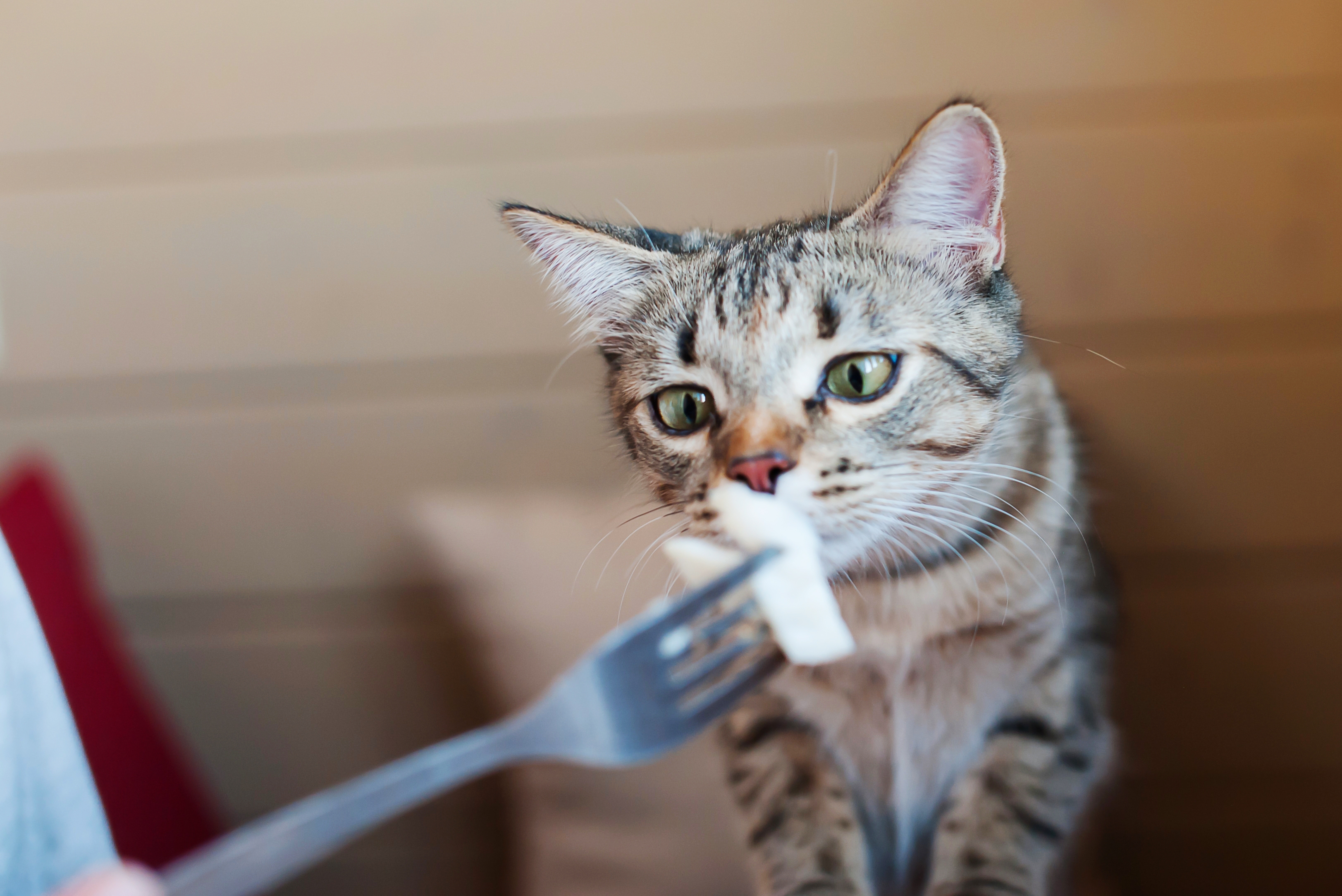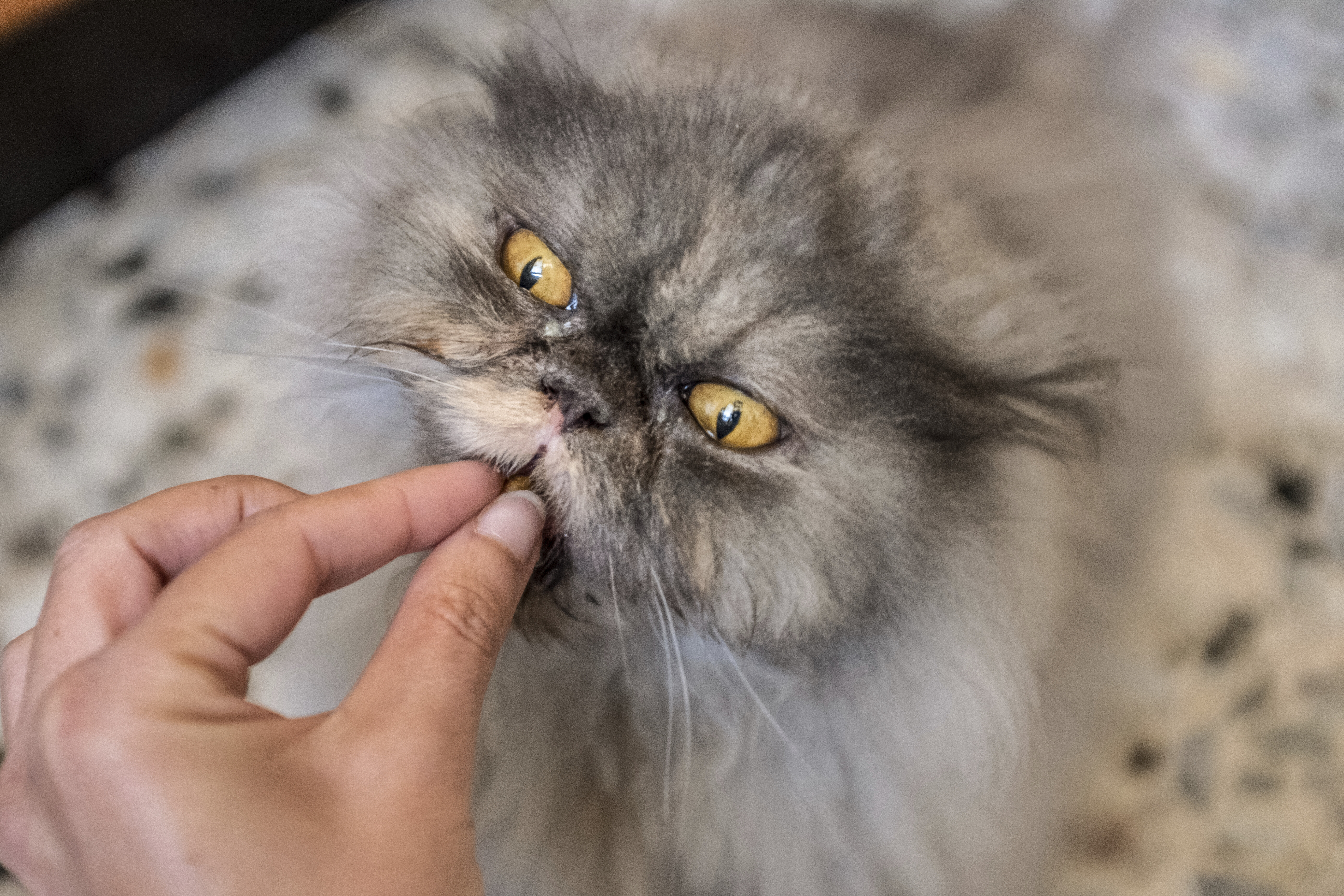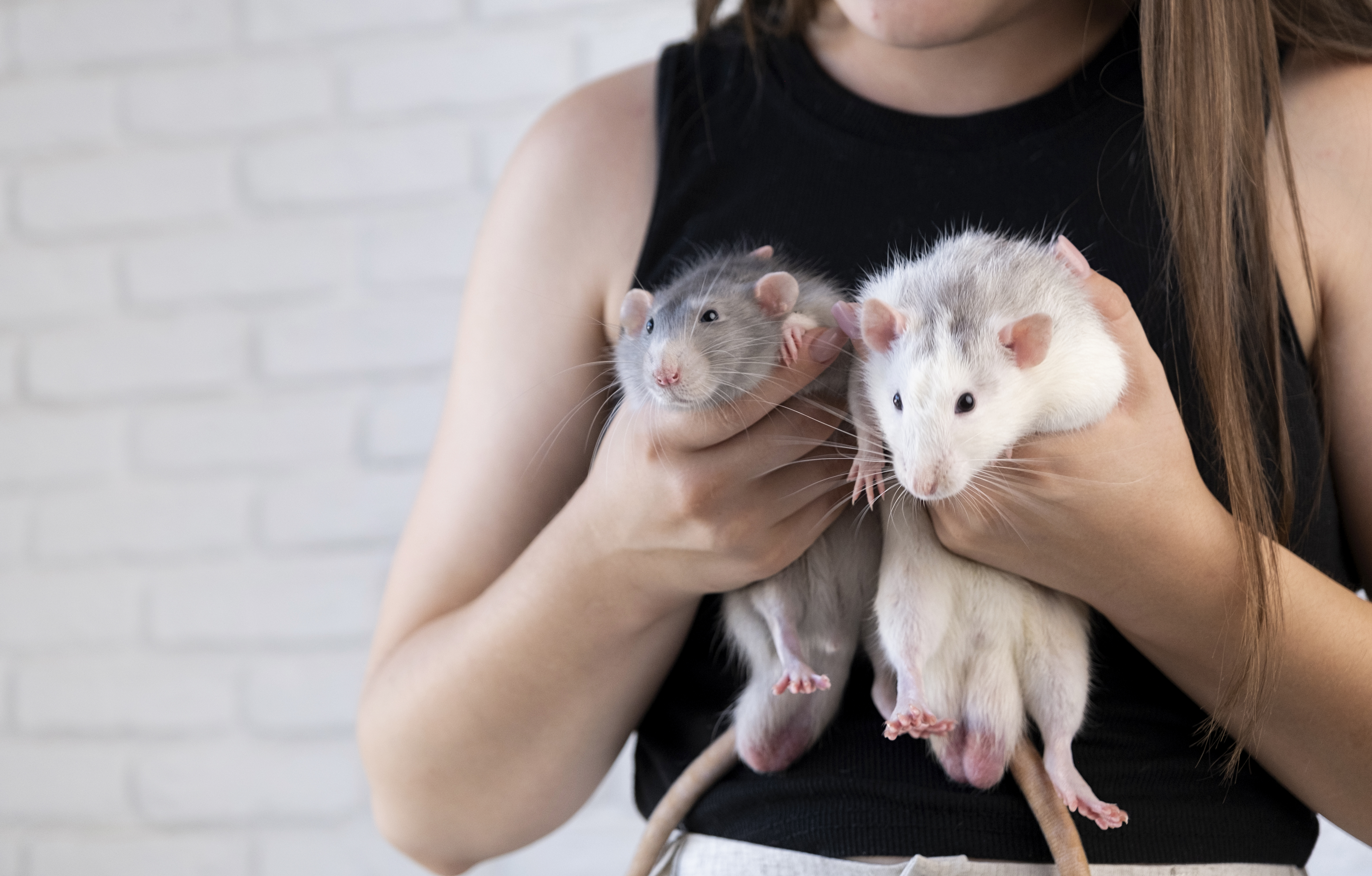Whiskers on the Prowl: Mastering the Art of Healthy Cat Treats
As any cat owner knows, our feline friends can be quite particular when it comes to their sustenance. Health plays a crucial role, but so does an appealing texture and palatability. Here we will delve into the world of "Whiskers on the Prowl: Mastering the Art of Healthy Cat Treats."
Cats are obligate carnivores, meaning meat is the cornerstone of their diet and therefore, any treat they consume should be protein-rich. But the balance of taste, nutrition and health benefits can be quite delicate. So how do we master this art? Let's unfold the mysteries of feline cuisine!
Nutritional Needs

The first step in creating healthy cat treats is understanding the distinct nutritional needs of cats. Unlike dogs and humans, cats require certain nutrients that can only be found in animal tissues, including taurine, arachidonic acid, and certain vitamins. Their bodies are finely-tuned machines that have evolved to function on a strictly carnivorous diet.
Over the next few slides, we'll explore some key areas in making delightful cat treats at home that combine all these complexities. With these deeply researched pointers, you'd be ready to cater to even the most finicky feline's dining preferences.
Incorporating Protein Essentials

Our journey begins with the baseline of cat nutrition: protein. Your kitty requires high-quality protein to function optimally. When making treats, you can lean towards lean meats like chicken, turkey, and rabbit.
One of the key components to creating a healthy cat treat is integration of organ meats. Organ meats are nutrient-dense and contain a variety of essential minerals like iron, copper, and magnesium. Furthermore, they're rich in vitamin A, which promotes healthy skin, coat, and vision in cats—everything vital for a prowling feline.
Remember to thoroughly cook any meats you offer your cat. Raw meats can carry bacteria and parasites. Safety first!
The Role of Essential Fats

While we often downplay the role of fats in our diets, they are necessary for cats, particularly arachidonic acid, a fatty acid found exclusively in animal tissues. Chosen wisely, fats can contribute to skin and coat health, deliver fat-soluble vitamins, and simply make food more appealing to our whiskered friends.
Oil-rich fish like salmon and mackerel are excellent sources of omega-3 fatty acids, beneficial not just for skin and coat health, but also for joint care and cognitive function. Incorporating small amounts of these fish in your homemade treats is an excellent way to bump up the nutritional value.
Again, remember to cook the fish thoroughly and ensure they are devoid of any bones that could potentially harm your cat.
Vitamins and Minerals

Next up, we venture into the realm of vitamins and minerals. Vitamins such as A, B, and E play key roles in maintaining your cat's overall health. While they are naturally found in raw materials, they can also be supplemented if need be.
To take care of minerals like magnesium, potassium and calcium, try incorporating eggs into the treats. Not only do they offer a good protein source, but the shells, when finely ground, can act as a natural calcium supplement.
Avoid adding any vitamin or mineral supplements without first consulting your vet. Overdosing can lead to health problems, so moderation is crucial here.
Flavour and Texture

We've dealt with health, but what about taste? Desert dwellers originally, cats don’t have many taste buds compared to humans, but they do distinguish different flavors. A trick is to use strong-smelling foods that will appeal to their keen sense of smell.
When it comes to texture for treats, remember that cats generally prefer softer textures. They enjoy thinly shredded meat, or minced and dense patties. Experiment with different forms to see what your cat enjoys the most!
Safety Concerns and Choices

As we conclude, it's critical to remember the foods that should always be avoided while making cat treats. Chocolate, onions, garlic, caffeine, alcohol and grapes should never be included in your furry friend's treat.
Also, understanding the nitty-gritty of your cat’s nutrition and diet can be complex. Always consult with a vet before making significant changes to your cat's diet or when introducing homemade treats. Not only can they provide tailored advice, but they'll also bust many food myths.
And there you have it, a comprehensive guide to help you master the art of creating healthy treats for your little prowler. Healthy, happy, and satisfied cats are the cornerstone of every cat-loving household. Delight in their happiness as you serve them homemade pleasures, made with love and scrupulous care!







